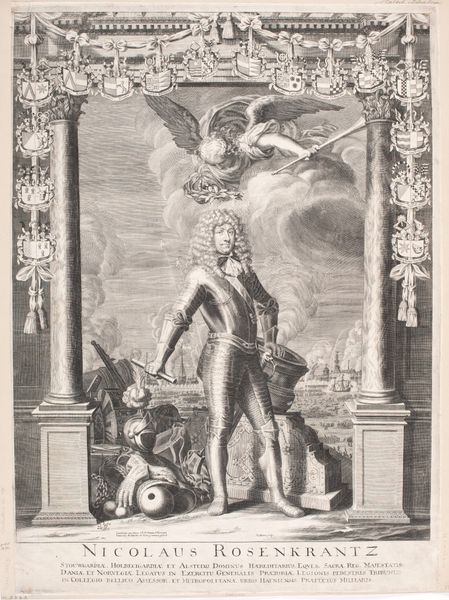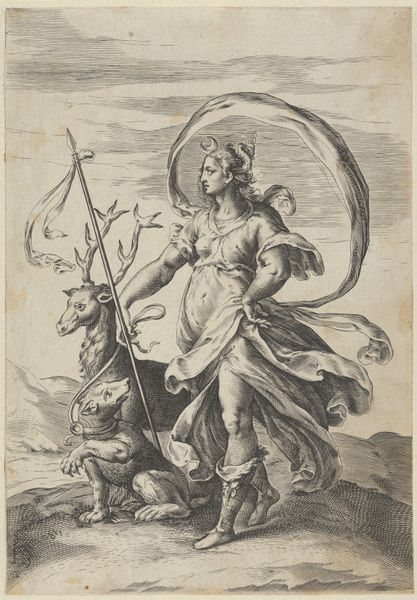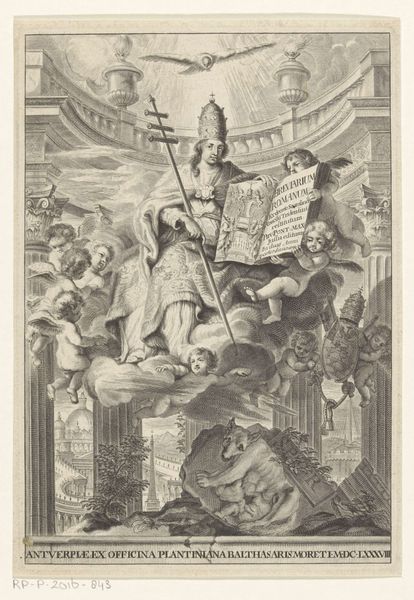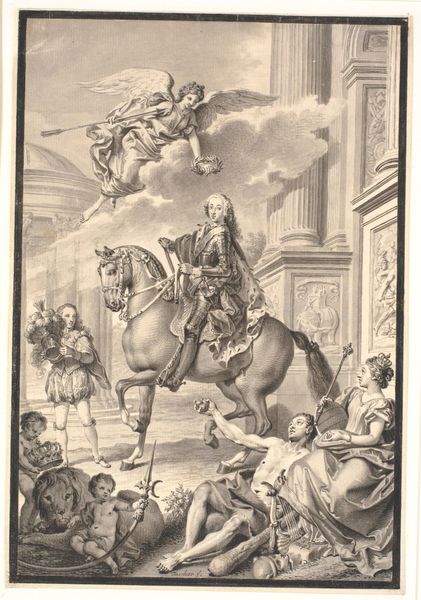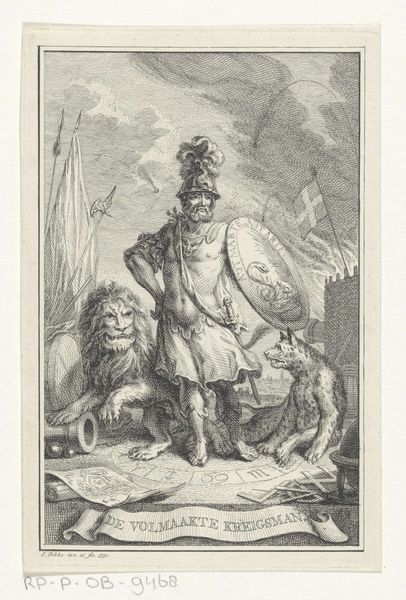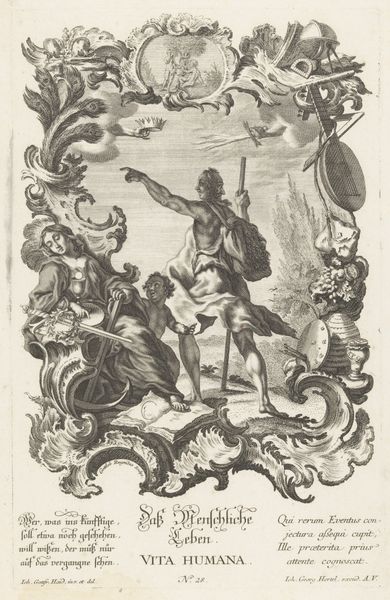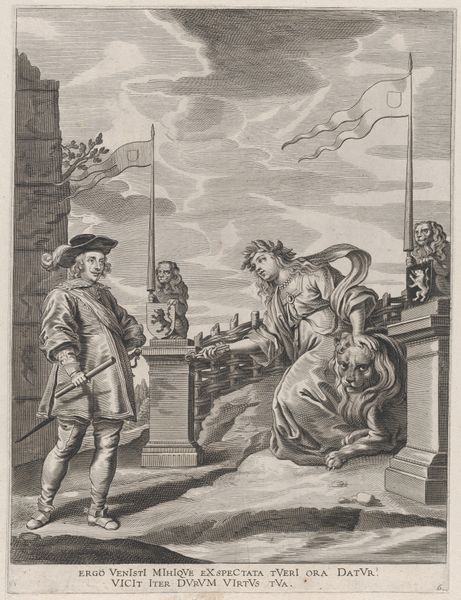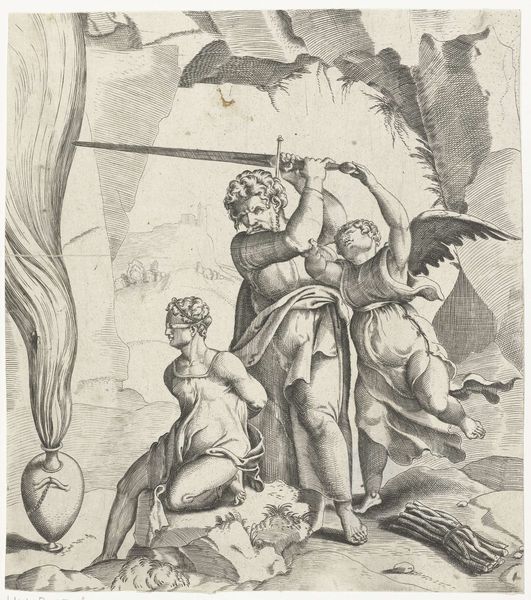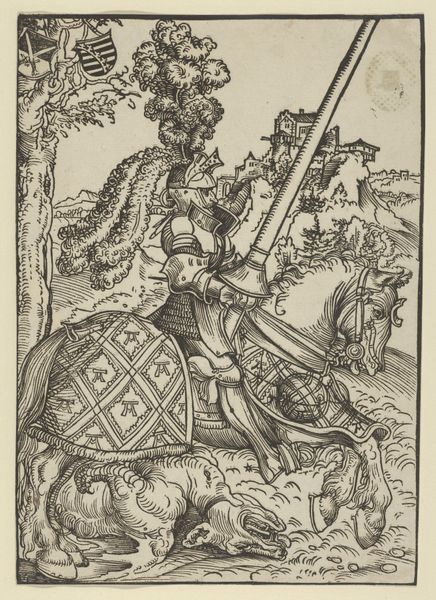
Plate 23: Emperor Charles V, campaign in Africa; from Guillielmus Becanus's 'Serenissimi Principis Ferdinandi, Hispaniarum Infantis...' 1636
0:00
0:00
drawing, print, engraving
#
portrait
#
drawing
#
allegory
#
baroque
# print
#
figuration
#
men
#
history-painting
#
engraving
Dimensions: Sheet (Trimmed): 14 5/8 × 10 7/8 in. (37.2 × 27.7 cm)
Copyright: Public Domain
Editor: This engraving, created by Jacob Neeffs in 1636, is titled "Plate 23: Emperor Charles V, campaign in Africa." The contrast between light and shadow is striking and contributes to an almost theatrical feel. What aspects of the composition stand out to you? Curator: Indeed, the dramatic chiaroscuro is characteristic of the Baroque aesthetic. But let us consider the linear precision of the engraving technique itself. Note how Neeffs modulates the density of the lines to suggest depth and texture, observing especially the armor of Charles V versus the draping on the figure to the right. Editor: So the linear elements are doing most of the work here? Curator: Precisely. Consider also how the diagonal orientation of the ship contrasts with the upright stance of Charles V. This creates a dynamic tension within the pictorial space. How does this asymmetry contribute to the overall reading of the image? Editor: I hadn't noticed that. The ship almost seems to be pressing against him. Also, the figure on the right with the lion – are they allegorical? Curator: Yes, the figure is an allegorical representation of Africa, with a lion, alluding to the region's fauna. These allegorical figures contribute layers of meaning, but consider primarily how they function within the formal arrangement. How does the texture of the lion’s mane, for instance, relate to the patterns in Charles V’s cloak? Editor: I see what you mean. Focusing on those elements almost makes the image abstract, as opposed to historical. I definitely have a better appreciation for the engraver's skill in creating these forms and textures. Curator: An excellent observation. Focusing on such artistic structures opens avenues for deciphering beyond simple, surface level understanding of the image.
Comments
No comments
Be the first to comment and join the conversation on the ultimate creative platform.
